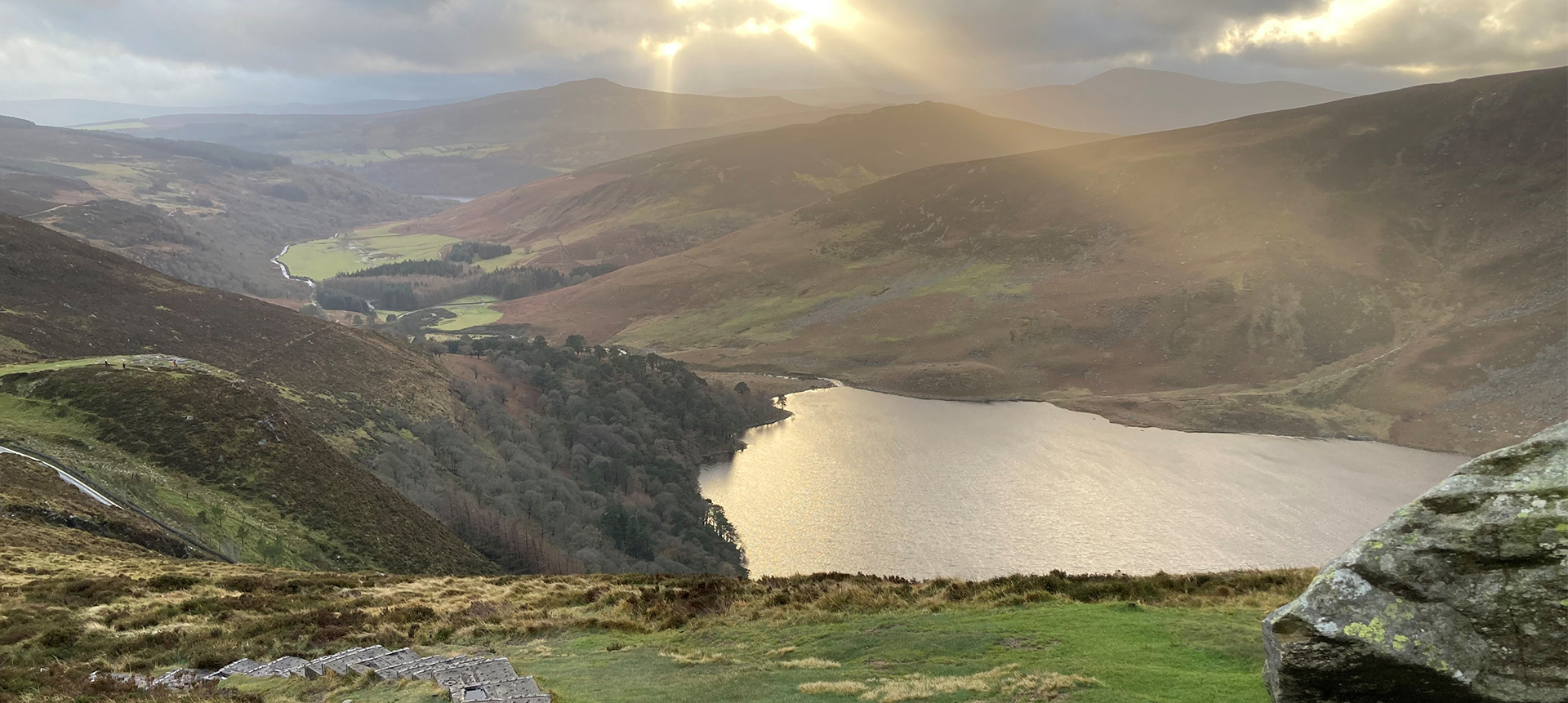
How do we manage our catchments?
Community Involvement
National and international experience shows that working together in partnership with local communities and public bodies is the best way to protect and improve our water. It also helps to make sure local communities’ livelihoods and health are sustained and protected into the future.
Collaboration
To effectively manage our catchments, bottom-up and top-down collaboration is necessary. In other words, everyone involved – from government agencies to local communities and individuals – needs to share knowledge and information.
Catchments.ie will highlight stories from around Ireland showing how we can manage our rivers, lakes and coastal waters, and share the science and information needed to help people make informed decisions.
This website is a collaboration between the Department of Housing, Local Government and Heritage, the Environmental Protection Agency and the Local Authority Waters Programme.
Understanding
Understanding our catchments means we need to understand and integrate a huge range of information. For example, we need to gather information about how people are using the water, including water for drinking, for agriculture, for industrial use and for bathing.
We need to understand the geography and geology of an area, looking at how all the water bodies are connected both above and below ground.
We also need to examine how the water flows from where it falls as rain to the sea; how people use the land and waterbodies, and what livelihoods are supported.
Finally we gather information about possible sources of pollution, including urban waste water treatment plants, septic tanks, and runoff from farming, forestry and landfills and use a Source-Pathway-Receptor model to see how these pollutants move through the landscape.
You can see information related to this on the Dashboards, Maps and Data pages, which are updated regularly.
Policy and Planning
The Department of Housing, Local Government and Heritage (DHLGH) leads on the development and implementation of national river basin management plans
More details are available on gov.ie: https://www.gov.ie/en/publication/f7c76-water-framework-directive/
Who is involved?
Quite simply, everyone in Ireland has a role to play. This can be from something as simple as making sure you don’t pollute your local stream, or a local community working together to establish a Rivers Trust to enhance the rivers and lakes in their area, to a Government Department or Agency helping a Minister implement a new policy to help protect and enhance all our water bodies.
This website has been developed and is maintained by the Environmental Protection Agency, and is a collaboration between the Department of Housing, Planning and Local Government, the Environmental Protection Agency, and the Local Authority Waters Programme.

Local Authority Waters Programme
The Local Authority Waters Programme coordinates the efforts of local authorities and other public bodies in the implementation of the River Basin Management Plan, and supports local community and stakeholder involvement in managing our natural waters, for everyone’s benefit.

Environmental Protection Agency
The EPA is responsible for coordinating the monitoring, assessment and reporting on the status of our 4,842 water bodies, looking at trends and changes, determining which waterbodies are at risk and what could be causing this, and drafting environmental objectives for each.

Department of Housing, Local Government and Heritage
The Department is responsible for making sure that the right policies, regulations and resources are in place to implement the Water Framework Directive, and developing a River Basin Management Plan and Programme of Measures to protect and restore our waters.
